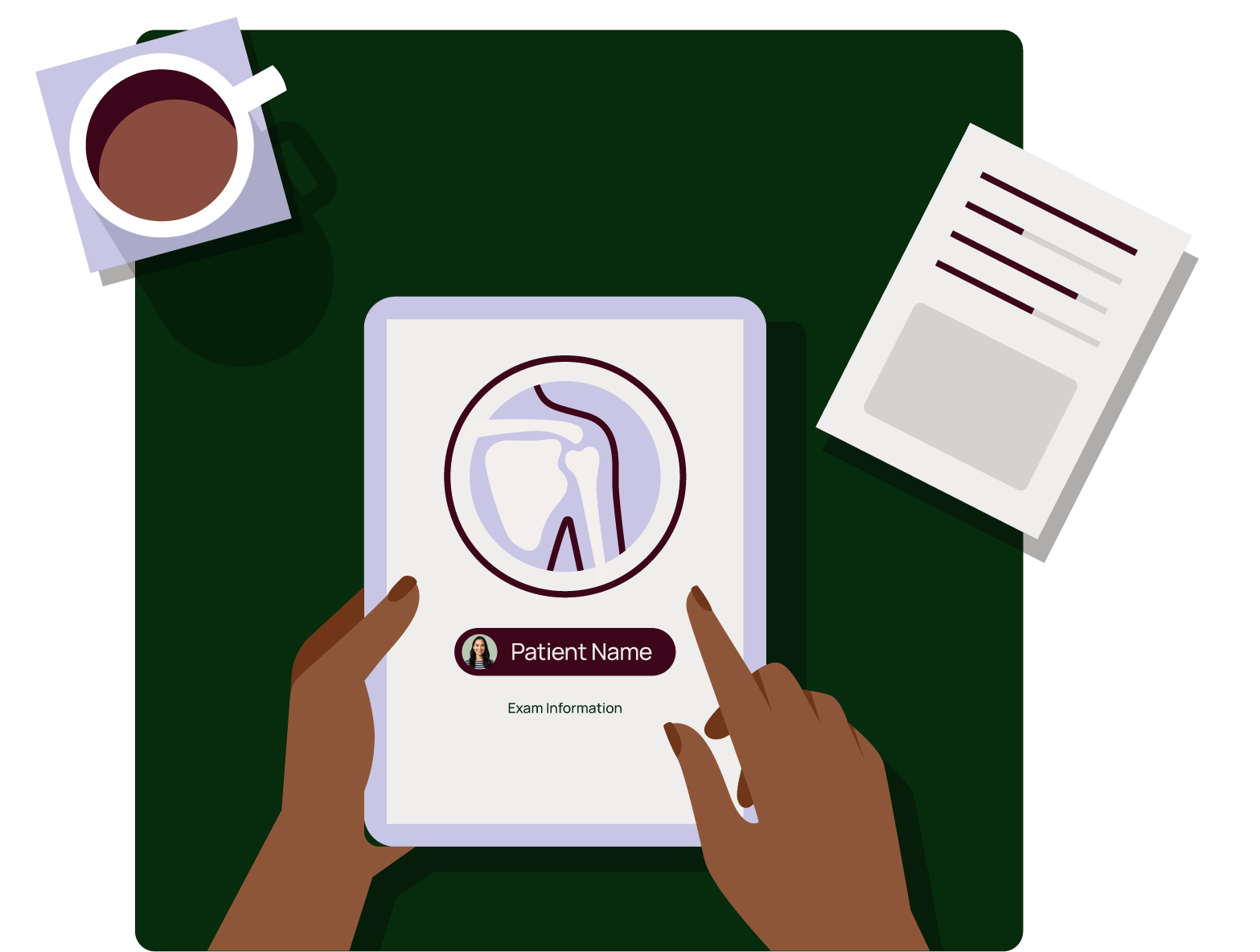Recent innovations in the healthcare space focus on how organizations use their data, infrastructure, and intelligence to deliver care. Hospital leaders are navigating an increasingly complicated environment where cloud adoption, artificial intelligence, and virtual care models are expected, rather than nice-to-have.
With all of these new tools, the challenge becomes workflow orchestration and usability.
Digital Tool Adoption
Today, 75% of patients expect to use digital tools for managing appointments, messaging providers, and paying bills. These trends are reshaping how hospitals and health systems operate, how clinicians collaborate, and how patients experience the system.
From cloud framework, to diagnostic AI, to real-time data sharing, every technology decision now carries long-term implications for scalability, security, and competitiveness.
How well these tools work together can substantially impact your clinical, financial, and operational goals. Research shows that not only do organizations see higher pay yields when they employ digital tools, providers also spend less time on documentation after-hours.
The Technologies Reshaping Healthcare Today
Today, healthcare extends beyond clinical and in-home care. It’s unfolding across apps, smart devices, home diagnostic kits, and intelligent platforms, all connected by a digital infrastructure that’s becoming more predictive and personalized by the day. As these tools become more accessible, they help providers move from a one-size-fits-all approach to individualized care plans that evolve with the patient. Data is the center of everything: more of it, from more sources, more often.
Medical imaging remains the gold standard for confirming a diagnosis, monitoring disease progression, and guiding treatment, providing critical context to the flood of data from wearables, genomics, and remote monitoring tools.
Integrating Data into Care Delivery
More data alone doesn’t translate into better care, it must be integrated, interpreted, and acted on within a clinician’s existing workflow.
The challenge of using this data lies in building a workflow that brings it all together in a way that’s intuitive, efficient, and above all, usable for providers. That’s where modern imaging infrastructure comes in. Solutions like enterprise imaging platforms, cloud-native archives, and AI-powered workflow orchestration are essential to translating fragmented data into timely, actionable care.
As the industry pushes toward a more scalable, personalized care model, the ability to unify imaging with other health data, streamline workflows across distributed environments and disparate platforms, and enable anytime-anywhere access becomes a necessity.
Adoption Benefits
When implemented thoughtfully, health-tech solutions deliver tangible value across every layer of the organization.
- Cloud-based infrastructure powers operational agility.
Real-time access to patient records, imaging, and analytics from anywhere in the enterprise makes scalability far easier to achieve. Hospitals also benefit from improved disaster recovery, simplified upgrades, and more predictable IT costs.
- Artificial Intelligence helps us make sense of data and automate functions.
AI is bringing insight and efficiency to workflows. AI can prioritize critical studies, calculate risk factors, automate reporting, optimize scheduling, and help with diagnostics and pattern recognition. These time savings reduces staff burnout and streamline workflows for peak efficiency.
- Interoperability initiatives bring everything together.
Whether driven by regulatory mandates or vendor-neutral technology, interoperability is what makes this work. When systems can talk to each other, care becomes more coordinated, duplicative testing is minimized, and clinicians can make better informed decisions at the point of care.
Together, these changes are helping hospitals and health systems operate more efficiently and deliver care that’s more informed and responsive to individual patient needs.
Why Digital Strategy Matters
The difference between having a tool and leveraging it effectively lies in the presence or absence of a cohesive digital strategy.
A digital strategy is like an IT roadmap, but with a shared vision that connects technology investments to clinical, operational, and financial goals. Without it, even best-in-class tools risk becoming disconnected, underused, or misaligned with the realities of healthcare.
A strong digital strategy includes:
- Executive alignment across departments to prioritize and sequence digital initiatives.
- Defined metrics for success beyond implementation, like adoption, ROI, and clinical impact.
- Change management and clinician engagement, meaning structured efforts to prepare teams for new workflows, encourage adoption, and ensure staff understand how to use it in their day-to-day operations.
- Clear roles and responsibilities for managing data, vendors, and security, ensuring that systems are properly maintained, protected, and aligned with organizational standards.
- Interoperability and tight system integration to ensure data flows smoothly across platforms, departments, and partner organizations.
With these elements in place, a digital strategy helps companies navigate complexity, evaluate technology with purpose, and drive adoption in a way that sticks. It also shifts the focus from implementing individual tools to designing systems that connect seamlessly, support staff, and revolve around the patient experience.
Intelerad’s Solutions are Built for What’s Next
Clinicians are already juggling too many logins, systems, and information sources that live outside of the workflow. Imaging is one such data source that is often siloed: buried in other systems, disconnected from the EHR, and inaccessible at the point of care.
Intelerad’s enterprise imaging solutions are purpose-built to solve these challenges. We streamline access through interoperable, cloud-native infrastructure, and go further with AI-powered capabilities that prioritize urgent studies, detect patterns, and surface actionable insights.
We design intelligent workflow orchestration into our systems, so imaging, data from disparate platforms, and clinical tools can come together into a seamless experience that supports faster decision-making and is intuitive for staff to use. This creates a unified experience that empowers providers to focus on what matters most: the patient.
Ready to build a future-ready, enterprise-wide workflow that works for everyone? Explore our enterprise solutions or contact our team to discover how Intelerad can help simplify your workflow.





